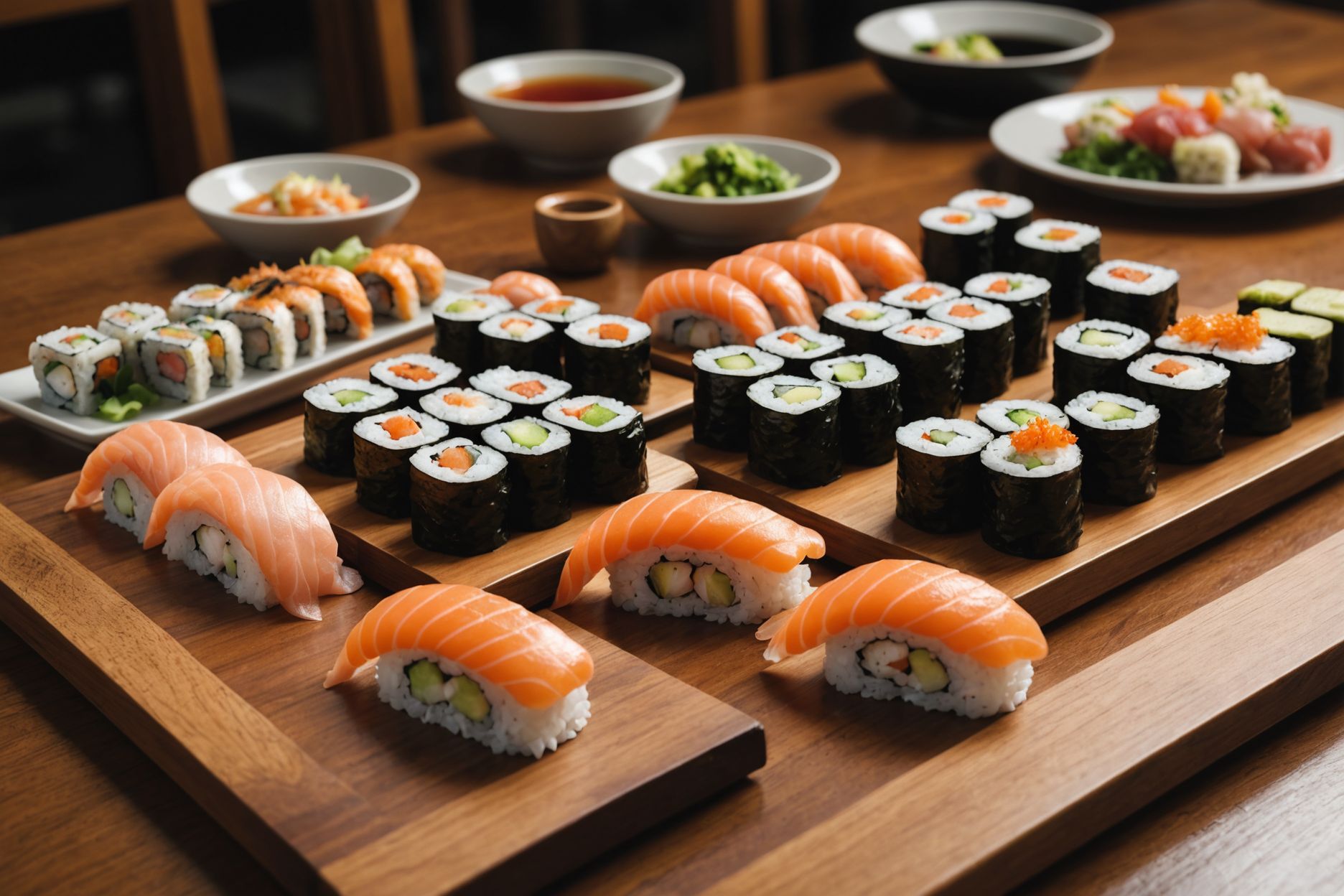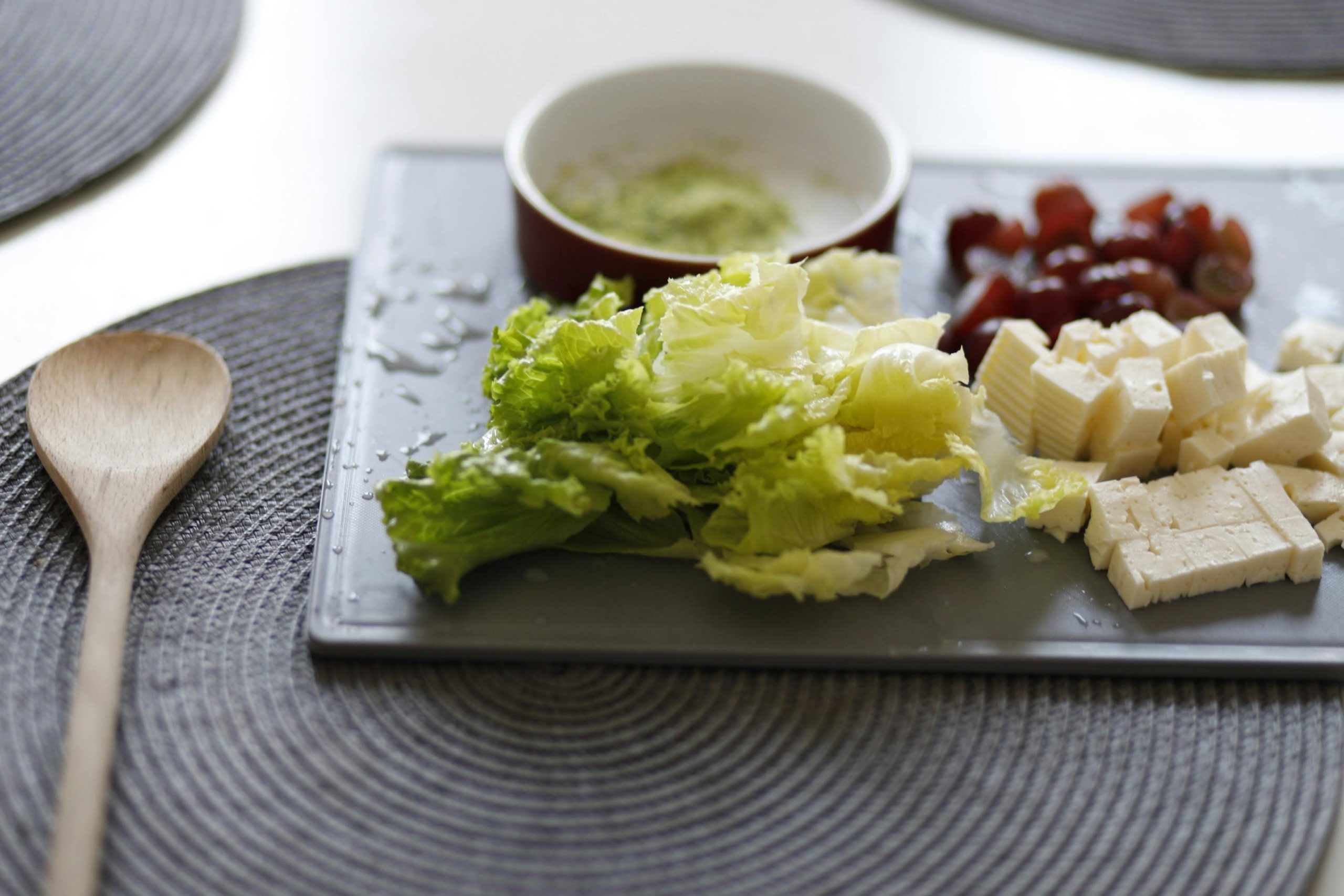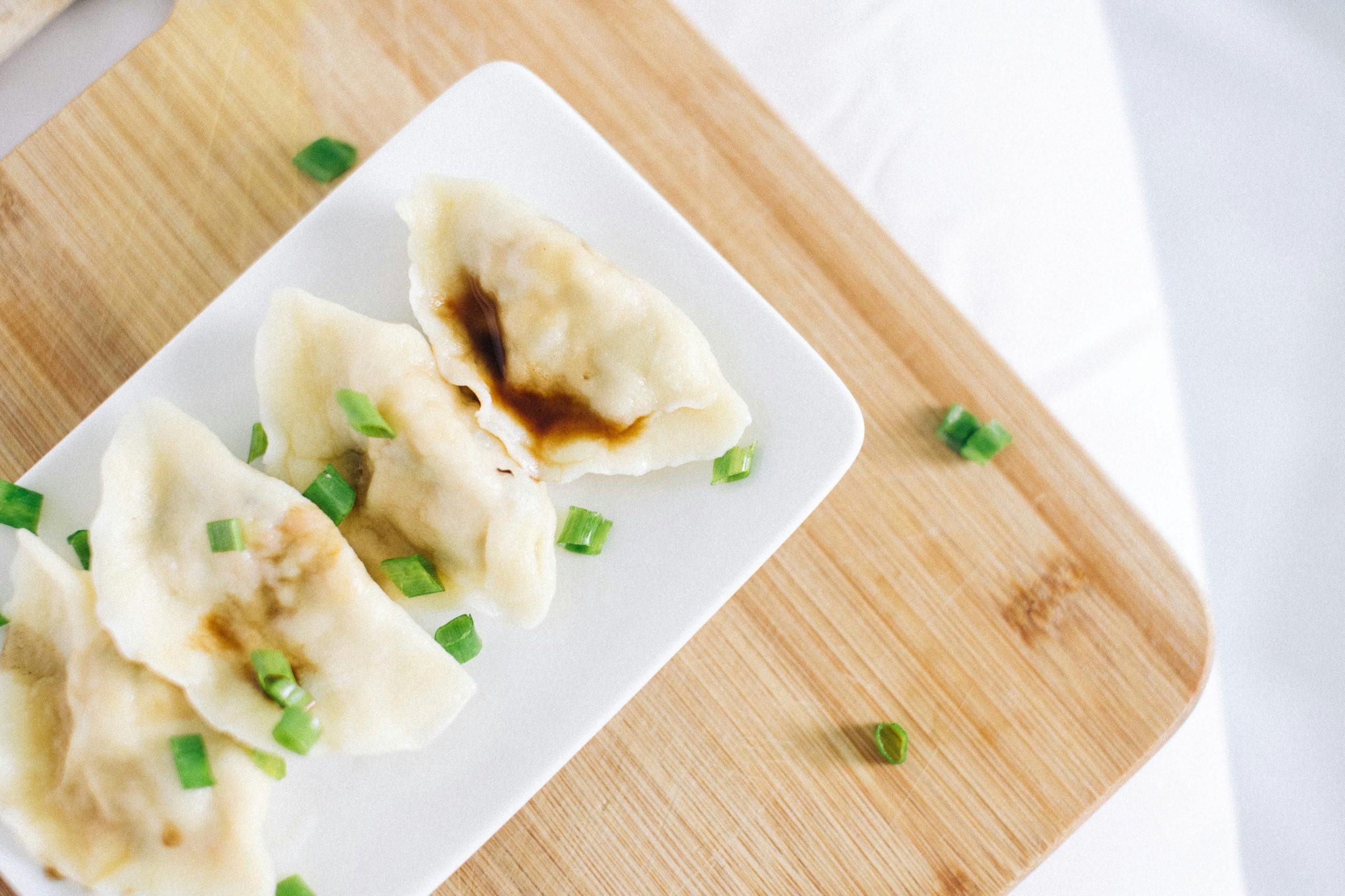Have you ever wondered why sushi and Asian cuisine continue to captivate food lovers worldwide?
Finding authentic flavours that truly represent the rich culinary heritage of Asia can often be a challenge.
Original Sushi & Asian Food in Panorama offers a diverse menu that includes everything from classic sushi rolls to innovative Asian dishes like egg noodles, spring rolls, and juicy soup dumplings.
This article will take you on a journey through the history of sushi, its integration into Western culture, the rise of Asian food in America, and much more, providing a deeper understanding and appreciation of this fascinating cuisine.
The Fascinating History of Sushi
Sushi, a dish now synonymous with Japanese cuisine, has a rich history that dates back to ancient times. Originally developed in Southeast Asia, sushi began as a method of preserving fish by fermenting it with salt and rice. The concept travelled to Japan, where it underwent significant transformations and became an integral part of the local diet. Over the centuries, sushi evolved from an ancient preservation technique to a culinary art form celebrated in Japan and around the world.
The pivotal moment in sushi’s history came during the Edo period in Japan, when sushi started to resemble what we know today. Three key developments during this time included:
- The use of vinegared rice, which enhanced the flavour and reduced the need for lengthy fermentation.
- The creation of nigiri sushi by Hanaya Yohei, which featured a slice of fresh fish atop a mound of rice, a style that became immensely popular.
- The transformation of sushi into a form of fast food for the bustling population of Edo (now Tokyo), making it accessible to a broader audience.
As sushi continued to evolve, it began spreading globally, particularly to the Western hemisphere in the mid-20th century, where it was embraced and adapted into various forms. This global journey was facilitated by innovations in transportation and technology, allowing fresh fish to be transported quickly across the world. Today, sushi is not just a traditional Japanese dish but a global phenomenon, enjoyed in countless variations and settings, from luxurious restaurants to quick-service sushi bars.
Sushi’s Integration into Western Culture
Sushi’s integration into Western culture is a vivid example of how global cuisines can transcend their origins and become part of a new culinary landscape. This phenomenon is particularly evident in the proliferation of sushi restaurants across Western countries. In the Greater Toronto Area alone, there are approximately 500 sushi establishments, underscoring the cuisine’s popularity. This widespread acceptance has been bolstered by the convenience of sushi being available in various forms, from upscale fusion restaurants to ready-made packs in grocery stores. The adaptability of sushi to Western palates is also seen in the incorporation of local ingredients and modifications to traditional recipes, making it a staple in the dietary habits of many Westerners.
The transformation of sushi in the West is further exemplified by the creation of the California roll, a Western invention that substitutes tuna with avocado due to its similar texture and fatty composition. This innovation marked a significant milestone in sushi’s cultural adaptation, as it catered to local tastes while maintaining the essence of traditional Japanese sushi. The roll’s popularity paved the way for further inventive sushi variants, such as the Philadelphia roll, which includes salmon, cream cheese, and avocado. These adaptations highlight the dynamic nature of sushi in Western culture, where it is not only embraced but also creatively transformed to reflect diverse culinary preferences.
The Rise of Asian Food in America
The rise of Asian food in America is a testament to the country’s evolving palate and the enduring impact of immigrant communities on the national cuisine. From the first Chinese restaurants in the 1800s catering to gold miners, to the proliferation of Japanese sushi bars in the late 20th century, Asian cuisine has woven itself into the fabric of American dining. This integration has been driven by both immigration and Americans’ increasing desire for diverse and adventurous eating options. As such, Asian food has not only found a home in America but has also reshaped its culinary landscape.
The influence of Asian food on American eating habits is profound and multifaceted. Consider the following points:
- Diversity of Choices: Asian cuisine offers a wide array of flavors and dishes, from Chinese dim sum to Thai curries and Korean BBQ. This variety caters to a broad spectrum of tastes and preferences, making Asian food a popular choice among Americans.
- Health Perceptions: Many Americans perceive Asian food as healthier than traditional fast-food options. Dishes rich in vegetables, rice, and lean meats offer a perceived balance that appeals to health-conscious consumers.
- Cultural Integration: Asian festivals and culinary events further integrate these cuisines into American culture, creating a fusion of traditions and expanding the appreciation for Asian culinary arts among the broader public.
The popularity of Asian cuisine in America also reflects broader trends in globalisation and cultural exchange. Restaurants serving authentic Asian dishes are frequented not just by Asian-Americans but by a diverse group of people, illustrating the universal appeal of these foods. This culinary embrace has led to innovative culinary creations that blend Asian and Western techniques, enriching America’s food scene. Ultimately, the rise of Asian food in America is a story of cultural blending, where food serves as a bridge between diverse cultures, enhancing mutual understanding and appreciation.
Iconic Asian Dishes Everyone Should Try
When embarking on a culinary journey through Asia, the diversity of flavours and dishes is truly astounding. Each country offers something uniquely delightful, making it a paradise for food lovers. From the delicate balance of spices in Indian cuisine to the bold flavours of Korean dishes, there’s an endless array of tastes to explore. Some iconic dishes that have gained international fame include the rich and creamy Indian butter chicken, known for its silky tomato-based sauce and tender chicken pieces, and Japan’s sushi, a global favourite that showcases the art of simplicity and freshness.
Moving to Southeast Asia, Thailand’s pad thai is a must-try. This stir-fried noodle dish combines a perfect balance of sweet, sour, and salty flavours, typically featuring ingredients like tamarind paste, fish sauce, eggs, and a choice of shrimp or tofu. Here are a few more dishes that stand out in the Asian culinary landscape:
- Peking Duck from China, famous for its crispy skin and succulent meat.
- Kimchi from Korea, a staple side dish made from fermented vegetables that packs a punch of spicy and tangy flavours.
- Pho from Vietnam, a comforting noodle soup with a clear yet aromatic broth, often enjoyed with beef or chicken.
Each of these dishes not only offers a taste of its respective country’s culinary delights but also tells a story of cultural heritage and regional ingredients. The exploration of Asian cuisine is like a voyage through a sea of flavours, where each dish can transport you to its country of origin. Whether it’s the complex layering of flavours in a bowl of Malaysian Laksa or the simple yet profound taste of Japanese miso soup, these iconic dishes are a testament to Asia’s rich and diverse food culture, making them essential experiences for any food enthusiast.
Understanding Pan-Asian Cuisine
Pan-Asian cuisine is a vibrant and eclectic culinary style that combines elements from various Asian countries, creating a fusion that is both innovative and delightful. Unlike traditional Asian cooking, which tends to focus on the flavours and techniques specific to one country or region, Pan-Asian cuisine crosses these boundaries, blending ingredients and methods from across the continent. This approach allows for a creative culinary exploration that respects the origins of each element while reimagining them in new and exciting ways. For example, a Pan-Asian dish might feature Japanese miso paired with Thai spices, or Korean kimchi served alongside Indian naan bread. This fusion not only enhances the dining experience but also introduces diners to a broader spectrum of Asian flavours.
The relevance of Pan-Asian cuisine in today’s culinary world is significant, as it reflects the growing appreciation for authentic Asian cuisine while promoting a deeper understanding of Asia’s diverse food cultures. Key characteristics of Pan-Asian cooking include:
- Innovation: Chefs often experiment with unconventional ingredient pairings and cooking techniques.
- Diversity: Menus feature a wide range of dishes that represent different parts of Asia, providing a comprehensive taste experience.
- Cultural respect and integration: While the cuisine is innovative, it also pays homage to the traditional flavours and techniques of the original dishes. Pan-Asian cuisine is not just about creating something new but about telling a story that respects and celebrates the rich tapestry of Asian culinary traditions. This blend of innovation, diversity, and cultural respect makes Pan-Asian cuisine a fascinating and important aspect of the global food scene.
The Creative World of Asian Fusion Cuisine
Asian fusion cuisine is a vibrant testament to culinary creativity, where chefs blend traditional Asian flavours with elements from other global cuisines to create innovative and exciting dishes. This type of cuisine not only offers a new twist on classic dishes but also introduces a palate of flavours that might be unfamiliar yet intriguing to many. For instance, the concept of ‘Asian Tacos’ incorporates traditional Asian spices and ingredients like kimchi or teriyaki chicken into soft tortillas, offering a unique culinary experience that combines the best of both Asian and Mexican culinary traditions. Other popular Asian fusion examples include sushi pizza, where traditional sushi elements like raw fish, wasabi, and rice are presented in the form of a small, round pizza, blending Italian and Japanese flavours in a creative and accessible way.
The appeal of Asian fusion cuisine lies in its ability to adapt and evolve, making it a favourite among food enthusiasts who are always on the lookout for something different and exciting. Chefs experimenting with fusion cuisine often use a variety of non-traditional ingredients to enhance the flavours and textures of traditional dishes. For example:
- Korean gochujang burgers combine the spicy flavours of Korean barbecue sauce with the classic American burger, creating a spicy, savoury dish that is both familiar and new.
- Thai-inspired noodles might incorporate ingredients like Italian olive oil or Greek feta cheese, bringing a surprising twist to the traditional flavours.
This blending of culinary cultures not only enriches the dining experience but also fosters a greater appreciation and understanding of the diverse culinary traditions from around the world. As such, Asian fusion cuisine continues to grow in popularity, pushing the boundaries of traditional cooking and offering a delicious gateway to cultural exchange and culinary innovation.
Discover Original Sushi and Asian Flavours with Indulge
If you’re a sushi enthusiast or a lover of Asian cuisine, discovering the authentic flavours through INDULGE’s curated culinary tours in Zurich could be your next great adventure. INDULGE provides an exceptional gateway to explore a blend of traditional and modern Asian dishes, crafted with precision and passion. Their tours are not just about tasting food; they offer a deep dive into the culinary culture, guided by experts who share insights into the ingredients, techniques, and histories of the dishes you savour. Here’s what makes these tours unique:
- Expert Guidance: Led by chefs and culinary experts who specialise in Asian cuisine.
- Exclusive Access: Visit places in Zurich known for authentic Asian culinary delights that are not easily accessible to the general public.
- Interactive Experiences: Participate in cooking demonstrations and tastings that allow you to engage with the food in a hands-on manner.
Beyond just tours, INDULGE also offers exclusive dining experiences that showcase the best of Asian fusion and traditional dishes. These are meticulously planned multi-course meals held in some of Zurich’s most unique and atmospheric locations, providing an ambiance that complements the exquisite food. Each course is designed to represent a different aspect of Asian cuisine, from the delicate flavours of Japanese sushi to the robust and hearty textures of Korean and Chinese dishes. Benefits of these dining experiences include:
- Culinary Exploration: Each meal is an exploration of different regions of Asia, providing a broad spectrum of flavours and dishes.
- Pairing with Drinks: Each course is accompanied by a selection of fine wines and traditional Asian beverages, enhancing the dining experience.
- Social Interaction: These events are also social gatherings, allowing you to meet fellow food lovers and share your experiences and stories about food and culture. Whether you are a local or a visitor, INDULGE’s offerings ensure that you not only taste but also truly experience the depth and diversity of Asian cuisine right in the heart of Zurich.
Frequently Asked Questions
Where did sushi originally come from?
Sushi originally developed in Southeast Asia as a method of preserving fish by fermenting it with salt and rice. The concept then travelled to Japan, where it underwent significant transformations and became an integral part of the local diet.
Is sushi from China?
No, sushi is not from China. It originated in Southeast Asia and was later introduced to Japan, where it was transformed into the dish we recognise today.
Why is sushi so popular in America?
Sushi’s popularity in America can be attributed to its convenience, adaptability to Western palates, and the incorporation of local ingredients. Additionally, the cultural phenomenon of sushi restaurants proliferating across Western countries and the innovation of dishes like the California roll have also contributed to its widespread acceptance.








